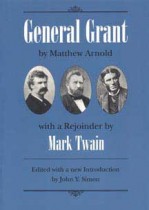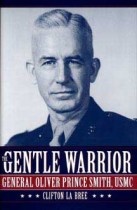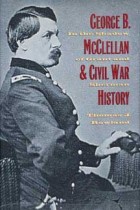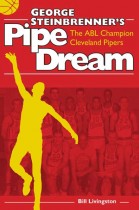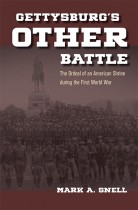A Gathering of Poets
Maggie Anderson, Alex Gildzen and Raymond A. Craig | Filed under: May 4 Resources, Poetry
More than 300 poets from around the nation gathered at Kent State University in May 1990 to remember the four students slain and nine others wounded by the Ohio National Guard on May 4, 1970, and the two students shot 10 days later at Jackson State College in Mississippi. A Gathering of Poets presents 147 of their poems, some written especially for the commemoration and published here for the first time, and others selected because of their historical resonance.


